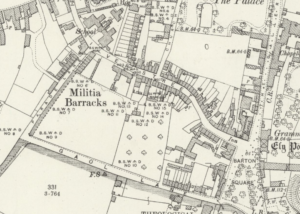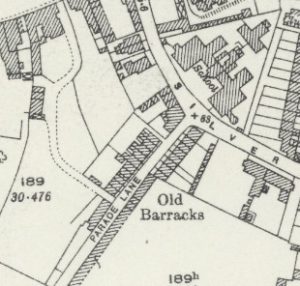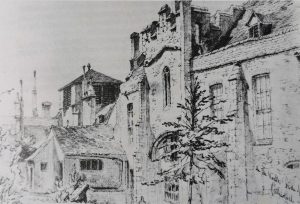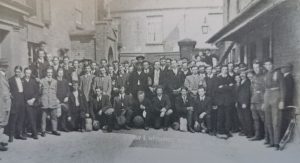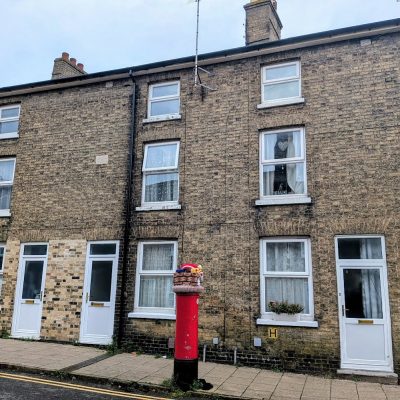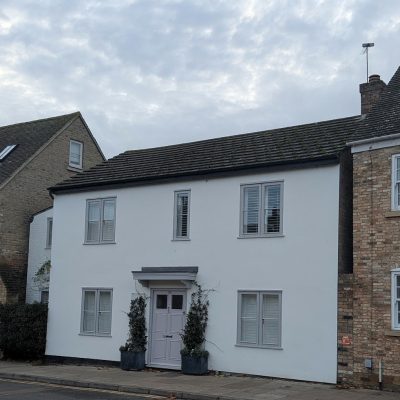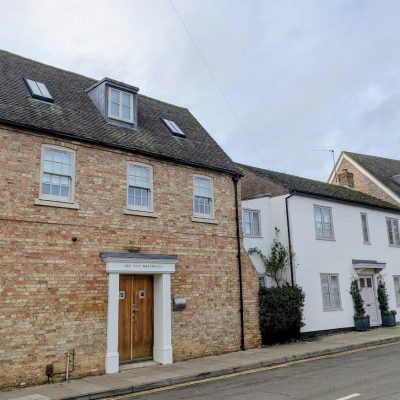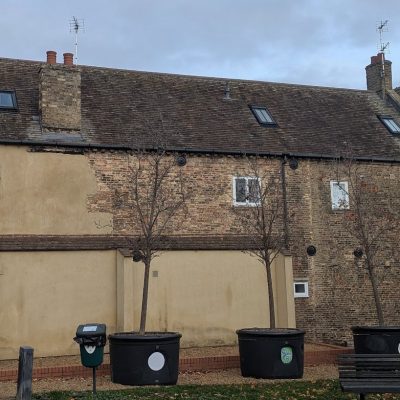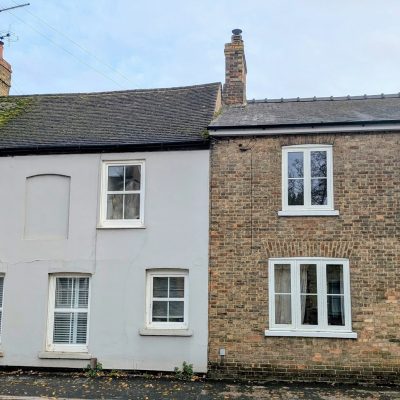Search by topic
- archaeology
- Building of Local Interest
- chapel
- charity
- church
- crime
- dressmaker
- fire
- Great Eastern Railway
- Listed building
- Mapping Relief
- medieval
- oral history
- poverty
- Public House
- Religious House
- Roman
- scholar
- school
- Then and Now
- tudor
- women
- work
- world war one
- world war two
Search by text
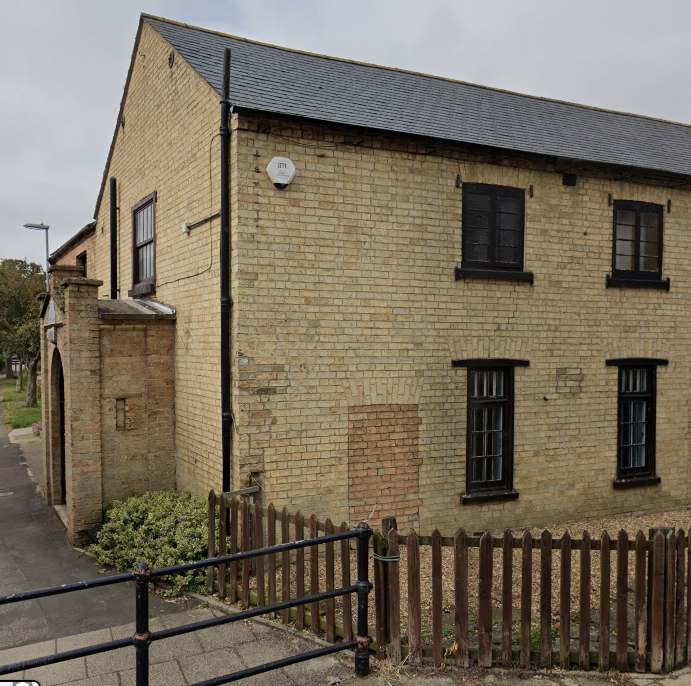 Masonic Hall, Silver Street, Ely
Masonic Hall, Silver Street, ElyEly Militia Barracks
History of Ely Militia Barracks
The barracks of the 68th Cambridgeshire Regiment of Militia were built around 1855. The block containing the Adjutant’s house, armoury and orderly room is now the Masonic Hall.
See Mike Osborne, Defending Cambridgeshire.
According to Audrey Denton, Recollections of Old Ely, the little street called The Range, off Silver Street, was originally built for the local Militia. There was a hospital at the end of the street with a Day Room. The coal fire range in the kitchen there was given to the Ely Museum. The Militia hospital was used until 1922 and housed casualties from WWI.
When the hospital closed the building was available for hire for dances etc. In 1937 the British legion took it over to use as their club.
Houses were built to house Militia staff. That nearest Silver Street housed the Regimental Sergeant Major, next door was the Sergeant Major, and nearest the hospital was the Quartermaster Sergeant. Little cottages in Parade Lane were used for privates.
The large building on the other side of Silver street was the Drill Hall, later used by the Masons.
Contribute
Do you have any information about the people or places in this article? If so, then please let us know using the Contact page or by emailing capturingcambridge@
License
This work is licensed under CC BY-NC-SA 4.0





